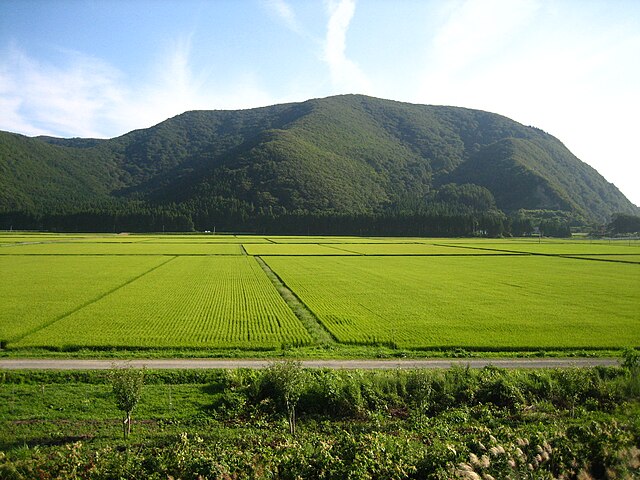With inflation up by 0.4% in January 2025 from December 2024, rice in Japan is at its steepest pricing on record. This turn of events has eclipsed the legendary deflation that Japan has toyed with for decades.
The Bank of Japan put the core consumer price index (CPI) for January 2025 at 3.2%, year-on-year (y-o-y).
Marking the second straight month that the CPI is over 3%, the gauge excludes fresh food whose prices fluctuate by the weather.
Among dry goods, rice was a major mover at 70.9% month-on-month in January, in a four-month upward march.
From an annual perspective, the increase is even more profound. By February 9, 2025, rice was 90% more expensive than it was in the second week of February 2024.
Cabbage Donburi Expensive, too
Worse, side dishes that go with fried rice (yakimeshi) such as rice bowl (cabbage donburi) are courting pricey ingredients.
Cabbage, for one, is 2.6 times dearer to purchase than its price average between 2019 and 2024, worrying restauranteurs.
Bloomberg via Yahoo Finance cites one Tokyo restauranteur who says cabbage rates are competing with those of pork. He has reason to worry as eateries normally serve the popular pork chops (tonkatsu) with an unlimited dish of cabbage.
Rice Supplies Dim
But it is rice, food for 125 million that has attracted the most notice as it flirts with times of shortage.
After a heat wave in mid-2024, supplies tightened to such sorry levels that cooperatives could not control procurement.
The National Association of Agricultural Cooperative Associations (Zen-Noh), which suggests prices for wholesalers, could not distribute rice.
The government stepped in and released 210,000 tonnes from its reserves and dealt a blow to smooth price controls.
This is why the median price of brown rice in January 2025 hit ¥25,927 ($172.36) per 60 kg, 69% up, y-o-y.
So, an avalanche of shortage and inflation have ganged up to create price instability of rice in Japan. To learn more on the changing price of the staple since inflation returned in 2022, skim the statistics below.
Statistics on Rice Prices in Japan
From traditional foods like onigiri or rice balls to modern snacks like mochi or rice cake, rice remains Japan’s staple grain. The country therefore jealously maintains a rice self-sufficiency rate of 98%, as of 2021. This means the average 7.8 million tonnes the country harvests annually stay at home, with negligible amounts either imported or exported. With this self-sufficiency, stability is everything, from production to prices.
Despite the search of stability, rice prices in Japan are however tied to the country’s core inflation rate. In 2022, deliberate inflation returned to the country after decades of deflation, at 2.5%, from the 0.23% of 2021. A year later in 2023, the inflation rate was at 3.27%. By January 2025, it was at 3.2%. With this data in mind, below is a look at wholesale prices since 2022.
June 2022: price rises to ¥13,644 ($90.71) per 60 kg after inflation increases by 2.73%, year-on-year (y-o-y).
June 2023: price increases to ¥15,865 ($105.47) per 60 kg in tandem with inflation increase by 0.77%, y-oy.
June 2024: price soars to ¥23,715 ($157.66) per 60 kg, the highest on record since 1990.
January 2025: price reaches ¥25,927 ($172.36) per 60 kg, the highest since records began.
